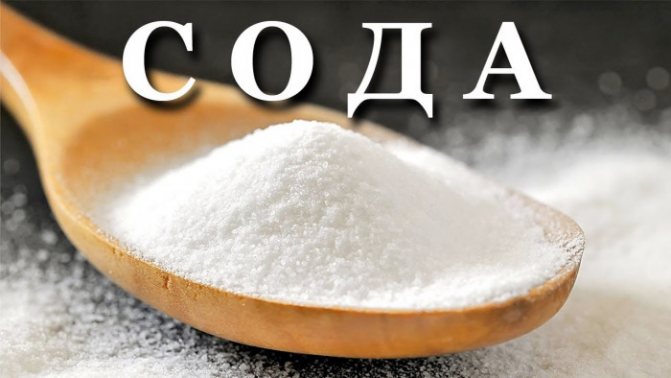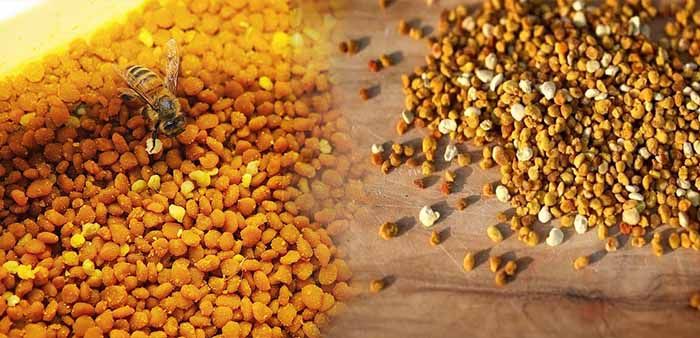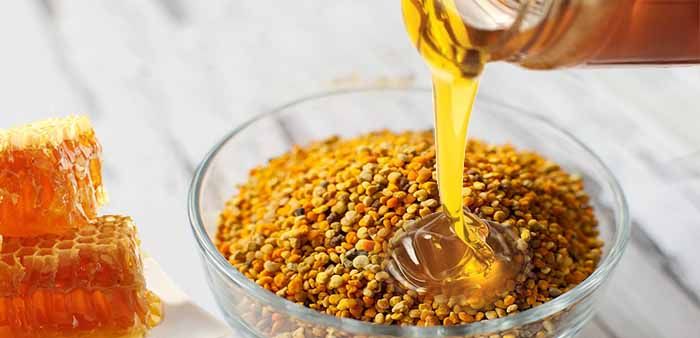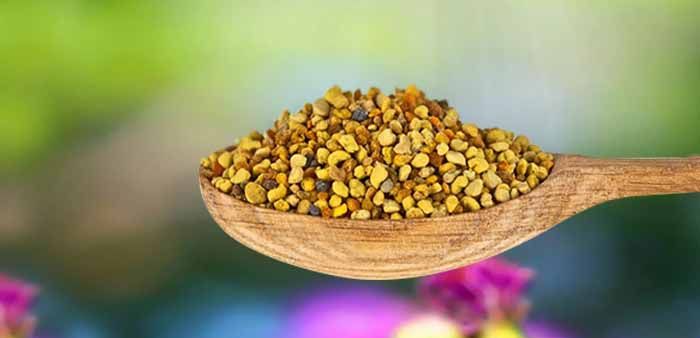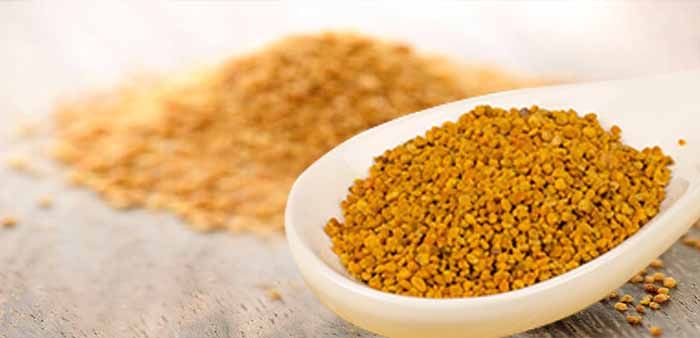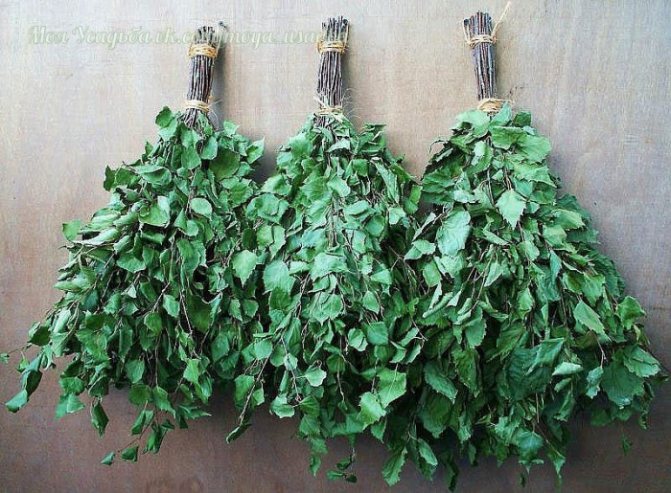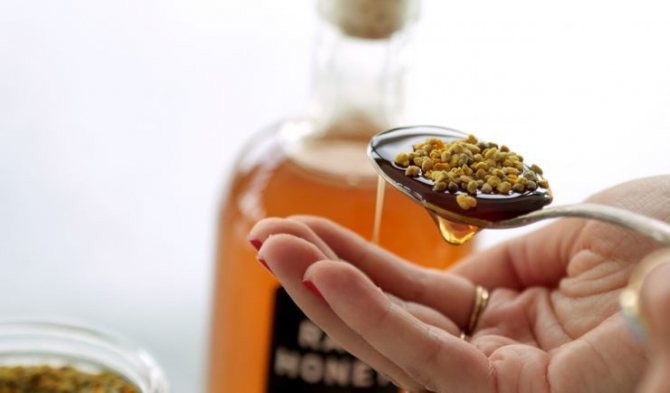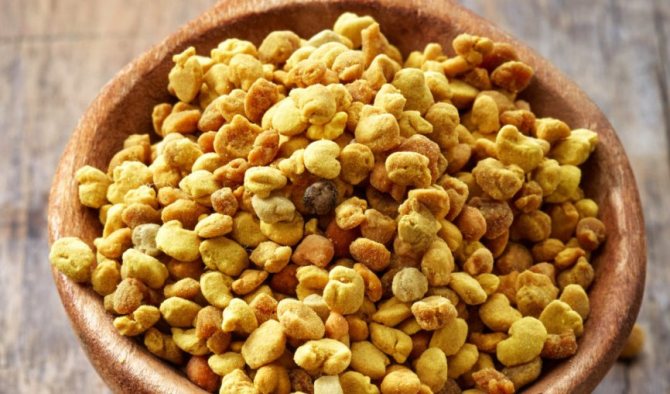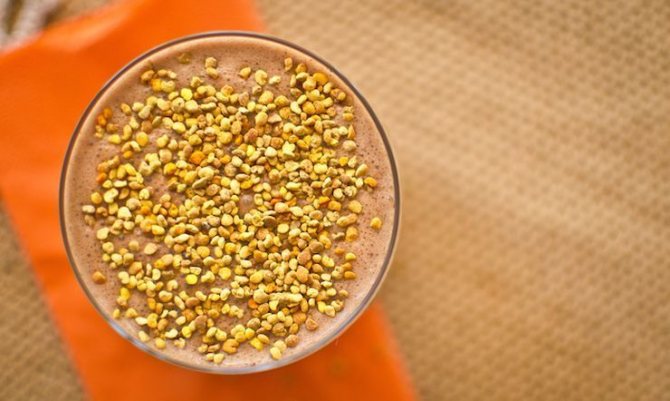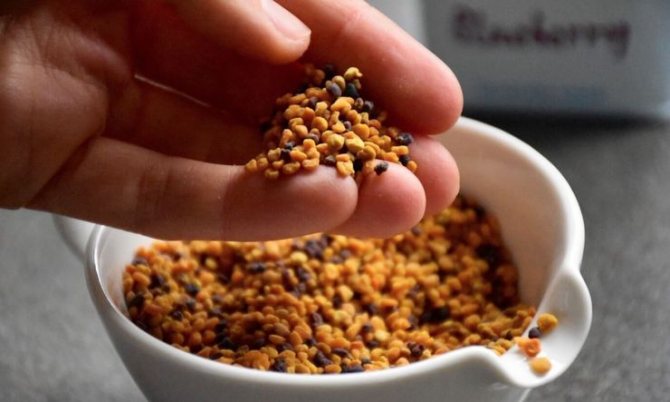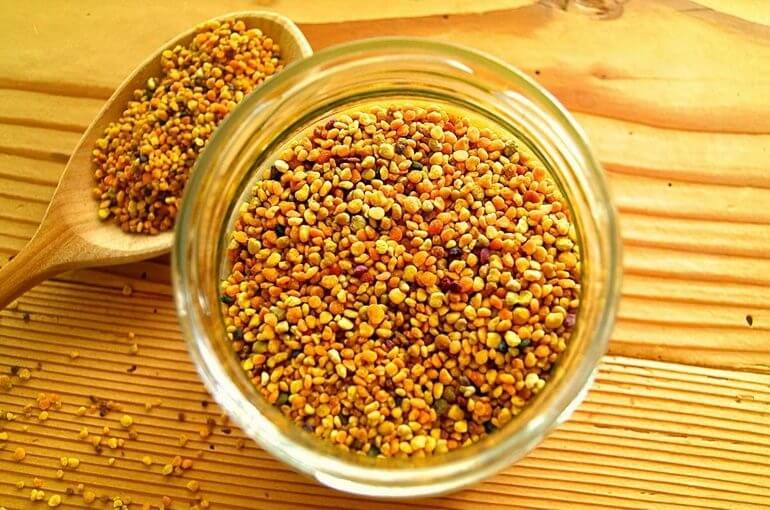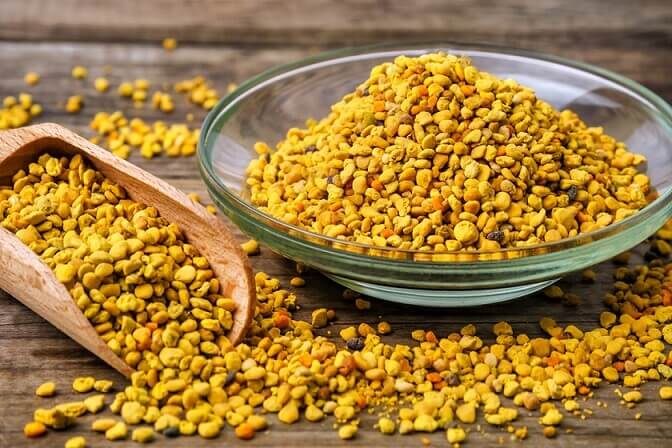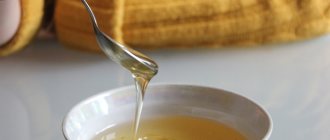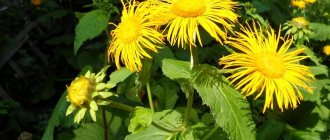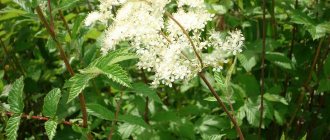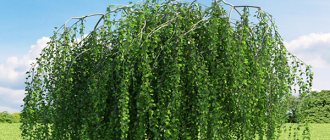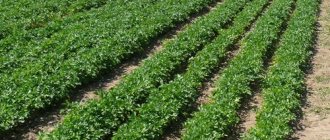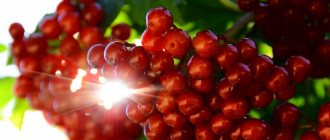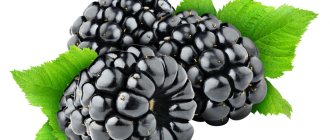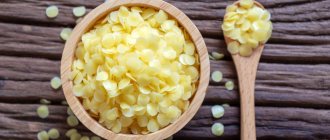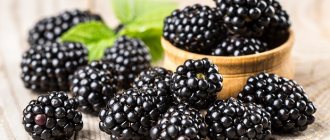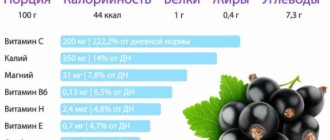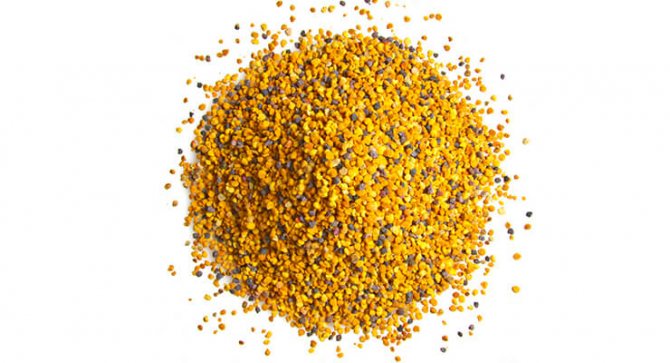
Although pollen is of purely vegetable origin, it is still classified as a beekeeping product. After all, it is the bees who collect it and bring it to the hive, who simply need it for the preparation of bee bread (bee bread). Stocks of bees allow bees to raise their offspring regardless of the season - pollen is the main type of food for the larvae of worker bees due to its composition.
Bee pollen: appearance and chemical composition
Everyone imagines what pollen is - small yellow balls that tend to stick to the hands, clothes and villi on the body of bees. From them, the insects collect grains of pollen with their paws, roll them into balls, fasten them with nectar and put them in special baskets on their hind legs.
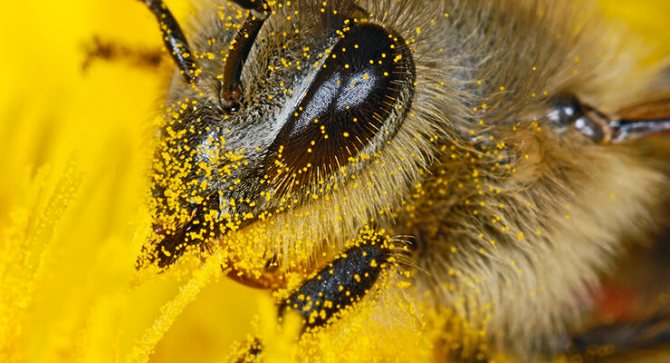

The color of these balls depends on the plant from which the pollen was collected, and can be from light yellow (sunflowers) to chocolate (clover). However, with any color, the benefits of bee pollen do not change - the product remains as useful as possible for health and is a powerful biostimulant. Natural bee pollen has a pleasant sweetish taste and honey-floral aroma.
Chemical composition
The content of valuable substances in various types of pollen varies widely, but the general picture of the biological value of this product characterizes bee pollen as a powerful source of substances that are healing in their properties:
- Protein substances (25-35%), including enzymes and free amino acids;
- Minerals (up to 7%);
- Phenolic compounds (up to 2.5%), including flavonoids);
- Lipids (up to 7%), including polyunsaturated fatty acids, carotenoids, steroids;
- Carbohydrates (up to 40%);
- Vitamins, hormones, antibiotics, growth stimulants and other biologically active substances.
Important! Bee pollen, which has a rich balanced chemical composition, provides the body not only with building material (proteins), but also means for its assimilation (vitamins, enzymes, hormones), and also normalizes and stimulates metabolic processes.
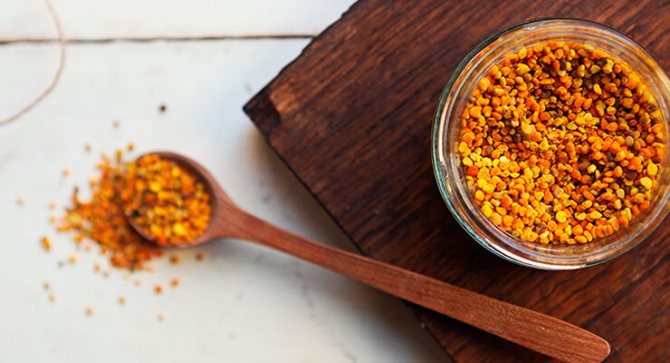

Product description and biochemical composition
Bee pollen is a bright, slightly bitter natural powder collected by bees in a special bag. Pollen should not be confused with bee venom or royal jelly - this is a completely different substance. Bees collect pollen (pollen), but recently people have learned to reproduce this process without the participation of insects. The mechanical collection method made the product cheaper. But bee pollen, unlike flower pollen, is much more useful, and its use is much more extensive.
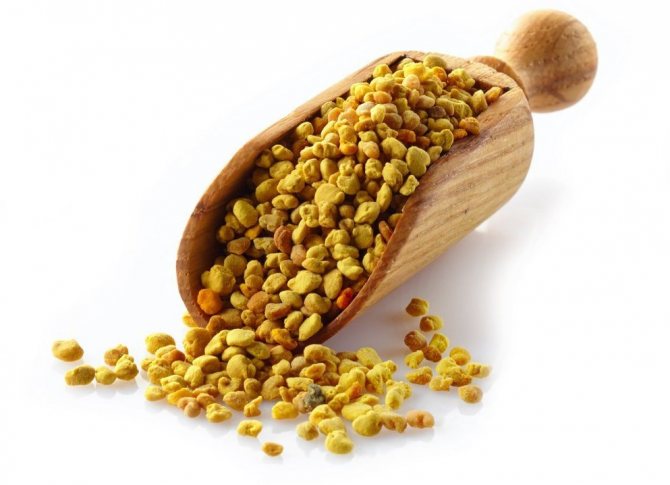

The product collected by humans is free of honey and bacteriostatic substances. You can often find another, unofficial name for pollen - pollen. It is due to a special technology for collecting dust particles - bees get them by launching them into the buds of their legs. In appearance (shape and size), the polish resembles buckwheat.
In this case, the balls can be of different colors - from yellow to purple, depending on the melliferous flower. Beekeepers recognize the origin of the product by the color of the product. The composition of the presented bee product is unique. The most important vitamins and microelements are concentrated in the grains.Only 100 g of pollen replaces half a kilogram of beef.
Did you know? A bee needs approximately 8 million flowers to produce 1 kilogram of finished honey.
100 g of freshly harvested bee pollen contains:
- protein (crude protein) - 7–36 g;
- dry matter - 70–81 g;
- sugar - 20–38 g;
- lipids (represented by fats and fat-like substances) - 1.38–20 g;
- ash - 0.9–5.5 g;
- water - 21-30 g;
- the main carbohydrates are maltose, fructose and starch;
- vitamins - A, B1, B2, B5, B6, B9, C, tocopherol, biotin and niacin equivalent;
- micro- and macroelements - potassium, calcium, magnesium, zinc, copper, iron, chlorine and sulfur, phosphorus and sodium;
- hormones and growth stimulants;
- antibiotics (the highest concentration is found in pollen from willow).
The percentage of a particular substance in the composition of the polish can vary depending on many factors. The most important factor is the genus of plant on which the insect worked (see table).
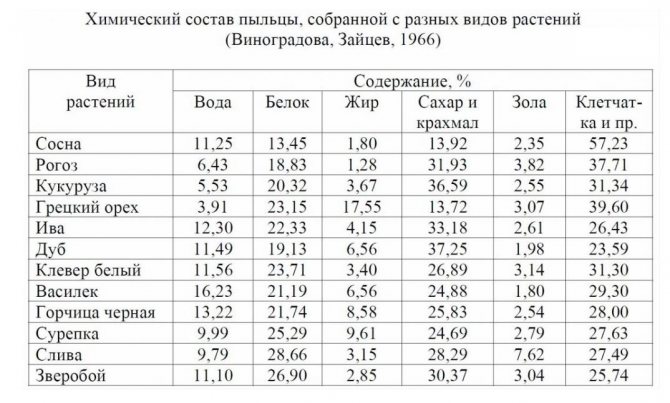

Benefits of bee pollen
As a highly nutritious food for larvae, bee pollen ensures rapid growth and harmonious development of insects, which are one of the most advanced species in the animal kingdom. The benefits of taking bee pollen are equally significant for the human body. This product has a number of medicinal properties:
- Supports the work of the heart muscle;
- Has a beneficial effect on blood vessels, their strength and elasticity;
- Promotes the elimination of cholesterol and the burning of excess body fat;
- Accelerates metabolic processes, normalizes the functioning of the liver, kidneys, urinary system;
- Helps with problems in the genital area: impotence, prostatitis, infertility (both male and female);
- Stimulates the functioning of the immune system, actively fights various kinds of inflammatory processes, suppresses the growth of cancer cells;
- Normalizes the functioning of the central nervous system, relieves nervous tension, helps to fight neuroses and depressive conditions.
Important! The beneficial properties of bee pollen include its ability to quickly increase hemoglobin and thereby improve blood composition. This product is also widely used in cosmetology as a means of stimulating metabolism and rejuvenation.
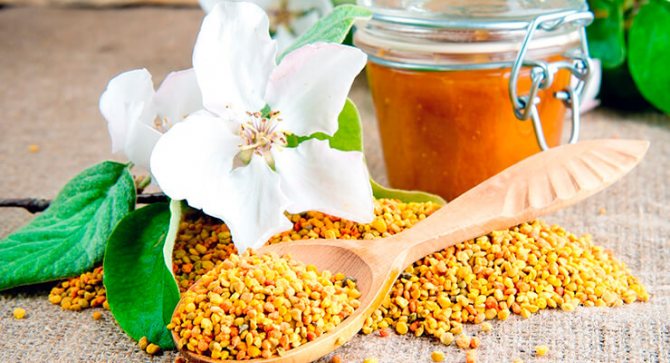

Bee product for children
Pollen, being a healing natural product, is of particular importance in the treatment and prevention of various kinds of childhood diseases:
- A wide range of minerals and vitamins provides the child's body with a maximum of components useful for metabolism, necessary for growth and development;
- Bee pollen is a natural source of vitamin P (rutin), which is essential for the good health of blood vessels and heart muscle;
- The content of natural antibiotics in the pollen provides, with regular intake, maximum protection for the child's body, the immunity of which is not yet fully formed;
- A child who constantly takes bee pollen has a well-formed skeletal system, and mental development is ahead of his peers. Such a baby does not suffer from either dystrophy or obesity;
- The nervous system of children taking the bee product is stronger and more stable, such children eat and sleep normally, and are less often overexcited.
Important! There are still some contraindications for pollen preparations, and allergenic properties, like a plant-based product, are also present. In addition, a child's dose is much less than an adult's and can be adjusted depending on individual health characteristics. Therefore, consultation with a pediatrician and apitherapist is required.
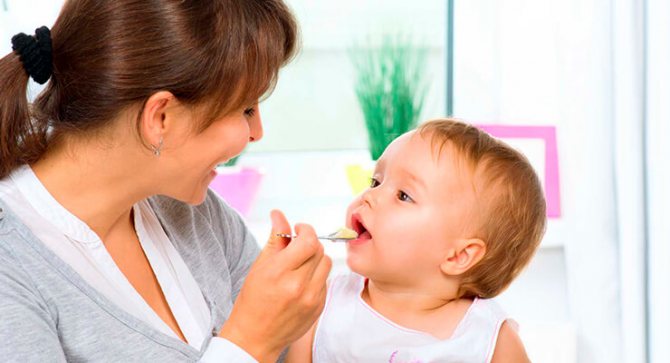

Contraindications for taking this product
Bee pollen treatment should be started with caution - the product is of plant origin and may have an allergenic effect. Other conditions where pollen is contraindicated include:
- Individual intolerance;
- Diabetes;
- Children up to age 12 months. (respectively - for nursing mothers).
Important! Bee pollen is a powerful biostimulant, therefore, people with chronic somatic diseases or infections in the acute stage should consult a doctor. It is not recommended to take pollen shortly before bed as it has some stimulating effect.
Useful and medicinal properties
The beneficial and medicinal properties of bee pollen are due to its unique chemical composition. In terms of its medicinal qualities, it is not inferior to ginseng and is superior to honey. The presence of glycosides has a resorbing effect on benign tumors. It is indispensable for the treatment of men with prostate adenoma.
Phytohormones eliminate menstrual irregularities. During menopause, it increases tone and removes irritability, restores appetite. Rich enzymatic composition restores bowel function, normalizes digestion and eliminates flatulence. It also helps in the fight against constipation.
Possessing diuretic and choleretic properties, it cures diseases of the kidneys, bladder, liver. Regular use strengthens the immune system, restores efficiency.
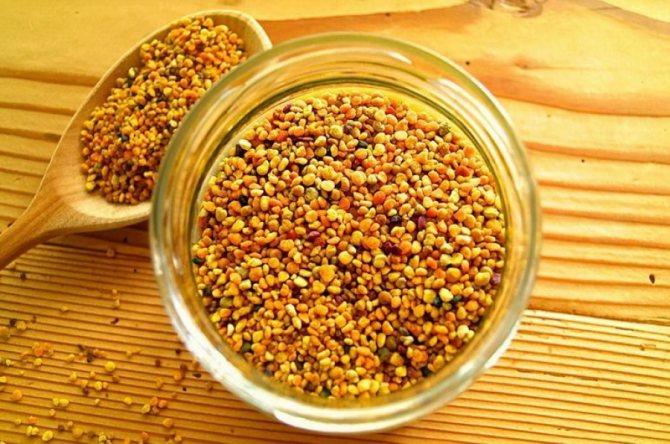

It has antiseptic and antibacterial properties, which makes it possible to successfully treat colds and viral diseases. Useful for people with impaired blood pressure.
It has a positive effect on the cardiovascular system. Actively suppresses benign tumor cells, and inhibits cell growth in oncology.
Palm pollen
Today, in beekeeping stores, you can buy not only local bee products, but also palm pollen in capsules. Such a drug is produced only in southern countries where thermophilic palms grow. When male trees are in bloom, palm pollen is collected by the usual shaking off. It looks like a white fine-grained powder.
Palm pollen is credited with almost miraculous properties as a means of solving problems in the genital area. She is:
- increases the quality of sperm, enhances potency, improves overall health;
- activates the work of the ovaries, increases the general tone during pregnancy, supplies the woman's body with all the necessary substances;
- produces a stunning rejuvenating effect due to the acceleration of metabolism and saturation of cells with useful components;
- during menopause, palm pollen helps the body to rebuild and smooths out the sharpness of the transition to a new biological rhythm;
- in case of nervous disorders and depression, it helps the body to restore the normal functioning of the nervous system.
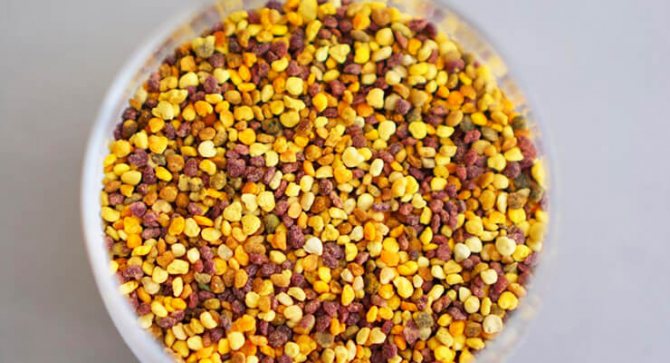

Important! Palm pollen has all the properties of ordinary pollen, but the increased content of the hormone estrogen makes it especially effective in solving reproductive problems and especially in the treatment of infertility. They take it, like a conventional drug, for prophylactic or therapeutic purposes. Numerous reviews speak of the high efficiency of the product, and an additional advantage is the affordable price.
Where to find, how to choose and store correctly?
Bee pollen is sold by beekeepers:
- directly;
- in specialized stores;
- through the Internet.
But in order to find the pollen with the maximum healing effect, the place where you get it is not so important as the ability to choose it correctly.
Here are a few rules that are useful to remember when planning to purchase a polish:
- Sellers of honey and other beekeeping products are required to have a quality certificate. Only honey is evaluated, it must comply with accepted standards.
- The color of the granules in one package is different due to the collection from different plants. The predominance of one color is allowed for bee pollen collected in the southern regions of Russia (Voronezh, Krasnodar, Tambov). This is due to the predominant collection of nectar from sunflower.
- The pollen should be dry and crumbly. If the granules are sticky or swollen, then the storage was not correct. It is dangerous to eat such pollen because of the high risk of developing poisoning. Any liquid substance that gets into the pollen from the outside creates a fertile ground for the reproduction of microbes.
- Experienced beekeepers recommend paying attention to the smell. Quality pollen has a sweet floral honey aroma.
- Taste. If you feel sourness, bee pollen is prohibited. This indicates poor quality or improper storage.
It is important to pay attention to the packaging and the quality of the peg pellets - there may be powder at the bottom of the package. No more than 1% of powder-like polishing is allowed. If there is a noticeably larger amount, then the mite is eating bee pollen.
The rules for storing bee pollen must correspond to those approved in GOST 28887-90 "Dry pollen (pollen)."
The forage should be stored in a hermetically sealed glass jar, but plastic can also be used. The storage temperature should not exceed 18 degrees, and the humidity should not exceed 65%. Due to weathering and the risk of contamination with microorganisms, it is not allowed to store pollen in bags and open. Store the polish in a dark place.
The best way to store bee pollen is to mix the right amount with honey. An excellent natural preservative, honey will protect pollen from environmental influences and retain all of its healing properties.
When planning to purchase bee pollen, it is worth remembering some of the nuances of its storage:
- This is a seasonal product that must be sold between May and July.
- During the first 6 months of dry storage, 25% of its beneficial properties are lost.
- After 12 months of storage, only 30% of nutrients remain in the forage.
How to take bee pollen
In most cases, bee pollen is taken as a preventive measure, a maximum of once a day for a teaspoon. It is better to mix dry granules with honey in a 1: 2 ratio. Or chew and hold in your mouth. Drinking water is not recommended. Reception is carried out 0.5 hours before meals. Courses for 15-20 days are carried out 2-3 times a year.
All beekeeping products are more effective when absorbed - so they are not affected by gastric juice. This applies to absolutely everything: honey, propolis, beading, wax. The same rule holds true for pollen. Sometimes the reason for the ineffectiveness of treatment with beekeeping products lies precisely in their improper use.
Important! If you purchased pollen in capsules, take it "live" by pouring it out of them. As with rinsing, try not to eat or drink anything for a while.
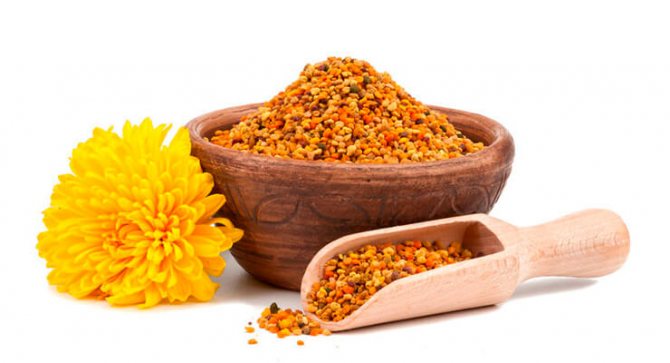

Contraindications
Like any medicinal product, polishing has contraindications for use.
It should be taken with caution by people suffering from hay fever. True, very often they do not experience signs of pollen allergy. This happens because it is exposed to the saliva of bees, the enzymes of which destroy most of the allergens. You should also be attentive to those who are allergic to bee products.
Poor blood clotting puts a barrier in the way of this medicinal product. A large amount of retinol in it only exacerbates the problem. A simple wound can lead to significant blood loss.
It is not recommended for type I diabetics to use this remedy at all for treatment, and type II diabetics are allowed to be taken in minimal quantities under the supervision of doctors.
Excessive dosage leads to an excess of vitamin A (retinol) in the body. The reaction of the body in this case is similar to the symptoms of poisoning: headaches appear, the temperature rises, and gag reflexes appear.
Due to the powerful tonic effect, use in the second half of the day is contraindicated, especially for people suffering from insomnia.
Pollen in the treatment of diseases
Bee pollen can be prescribed as the main or additional therapy at different stages of pathological conditions:
- With hypertension pollen is taken in the amount of 1 teaspoon three times a day before meals, and in the morning on an empty stomach. The duration of admission is 21 days, after which they take the same break. There can be several such courses - depending on the state of health;
- With hypotension the bee pollen intake scheme is the same as in the previous recipe, with the exception of one important detail - the intake is carried out after eating;
- Children with anemia make the following composition: 50 g of honey, 10 g of pollen, 100 ml of fresh milk. All ingredients are ground and mixed, stored in the refrigerator. Give the child a teaspoon three times a day before meals;
- With diseases of the gastrointestinal tract chronic nature, gastritis with low acidity, add 250 g of honey to the crushed bee pollen (10 g), mix and inject 35-37 ml of aloe juice. Take shortly before meals (0.5 hour) three times a day, a teaspoon;
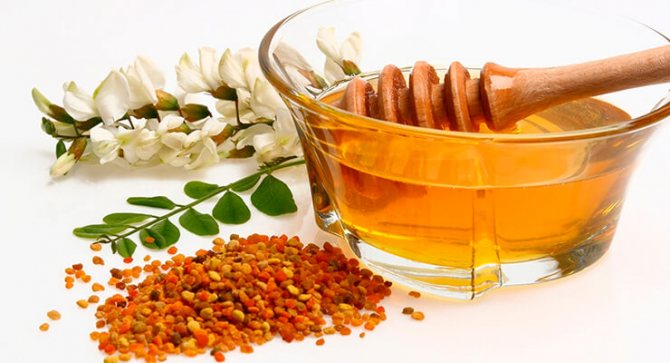

- With nervous disorders, neuroses, neurasthenia, take a teaspoon of bee pollen three times a day shortly (20-30 minutes) before meals. If the patient has a reduced body weight, the dose is halved. For better dissolution and assimilation, a portion of pollen is preliminarily diluted with a small amount of water and insisted for 3 hours;
- With tuberculosis bee pollen is taken according to the scheme indicated in the previous recipe, while the course of treatment should be at least 1.5 months. ;
- With cholecystitis make a decoction from a mixture of herbs: 15 g of caraway seeds, dandelion fruits, chamomile, three-leaf watch, 25 g of centaury umbrella and 1 g of St. John's wort. Take 3 tbsp. l. collection, pour 0.5 liters of boiling water and simmer over low heat for 20 minutes. , insist 40 minutes. Drink during the day, dividing by 2 times. Pollen is taken in parallel. Reviews about this tool as very effective;
- With liver diseases take bee pollen in the same regimen as in the treatment of tuberculosis. After a 3-week break, repeat the course if necessary;
- For diseases of the male genital area (adenoma, prostatitis, impotence, infertility) make a therapeutic composition: a pack of butter (200 g), 100 g of honey and 50 g of pollen. All ingredients are thoroughly kneaded and used as a paste for sandwiches twice a day. The same composition is recommended to be taken when the body is depleted or weakened after a long illness or operation.
Important! Only an apitherapist can correctly determine how to properly take bee pollen for various diseases, taking into account the individual health status and age of the patient. Therefore, before starting treatment, it is necessary to undergo a complete examination and establish a diagnosis.
In cosmetology
Homemade masks based on bee pollen are used to moisturize and nourish the skin. Antioxidants in the product remove free radicals from the body, which cause tissue aging, provoke inflammation and worsen the color of the skin. To prepare a nourishing mask, you need:
- chicken egg protein;
- 1 tbsp. l. honey;
- 1 tsp bee bread;
- 2 tbsp. l. wheat flour.
The ingredients are mixed until smooth. The composition is applied to the skin and left for 10 minutes. Wash off with chamomile infusion.
Pollen collection and storage
Specially adapted pollen traps allow beekeepers to collect this beekeeping product in any weather. Fresh bee pollen contains up to 20% moisture, which has a negative effect on its safety. Bees struggle with this property in a very simple way: they add some of their enzymes to the pollen, tamp them into honeycombs and seal them with wax. In this form, the product can be stored until spring, when the time comes to grow the first spring brood.
First of all, beekeepers dry the collected pollen in a shaded room with good ventilation and low humidity, sprinkling it on mesh trays in a thin layer.Some people use special drying ovens for this process, which greatly speeds up the process. In this case, t should not exceed + 40 ° С.
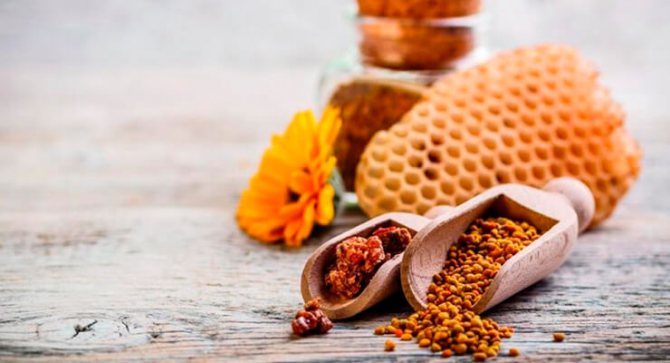

Dry bee pollen can be stored preserved (with honey or powdered sugar in a 1: 2 ratio) for up to 5 years. However, the beneficial properties will still be lost: after 6 months. - 25%, in a year - up to 40%.
If you buy pollen from a pharmacy, do not forget to check the expiration date - the fresher it is, the greater the effect of taking it.
At home, you can store a hermetically sealed product in the freezer or just the refrigerator. The main thing is that there is no access to light or moisture - from this, the active substances of bee pollen can be destroyed, thus forming new, not so useful substances.
How the pollen is obtained
Check out these articles as well
- Veles grape variety
- Grape variety Moldova
- Turkey feed
- Azalea - varieties, care, reproduction
In medicine, cosmetology, bee pollen is often used. The problem is that although it is a valuable product, it is not very easy for beekeepers to get it. To get a pollen, a pollen trap is installed on the hive. It is attached to the area of the passageway where the bees arrive. Because of this, the passage becomes very narrow and when the bee flies in, it drops a pea of pollen into the pollen trap, from where the pea is taken by the beekeeper.
Important!
If bee pollen is improperly processed, dried and packaged, moth larvae can form in it.
Having received valuable pollen, the beekeeper sifts it from debris and dries it according to a certain technology. Thus, bee pollen is obtained, which is then packaged and sent for sale.

